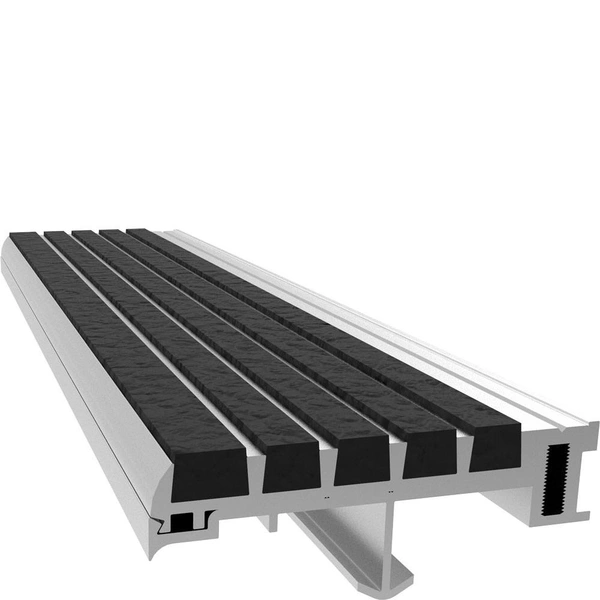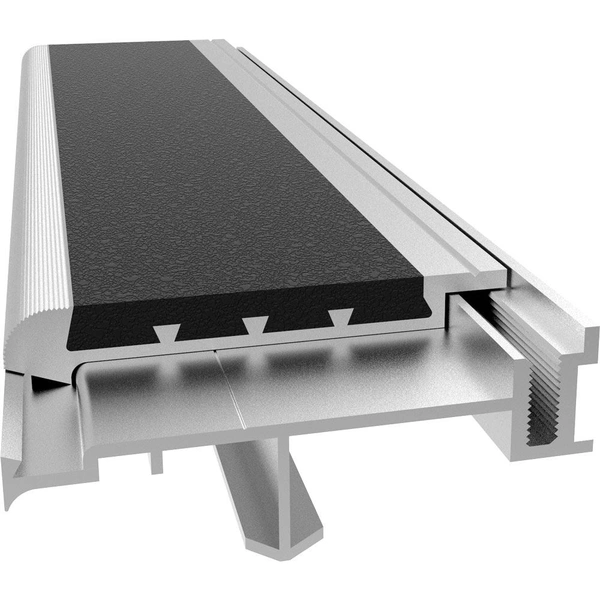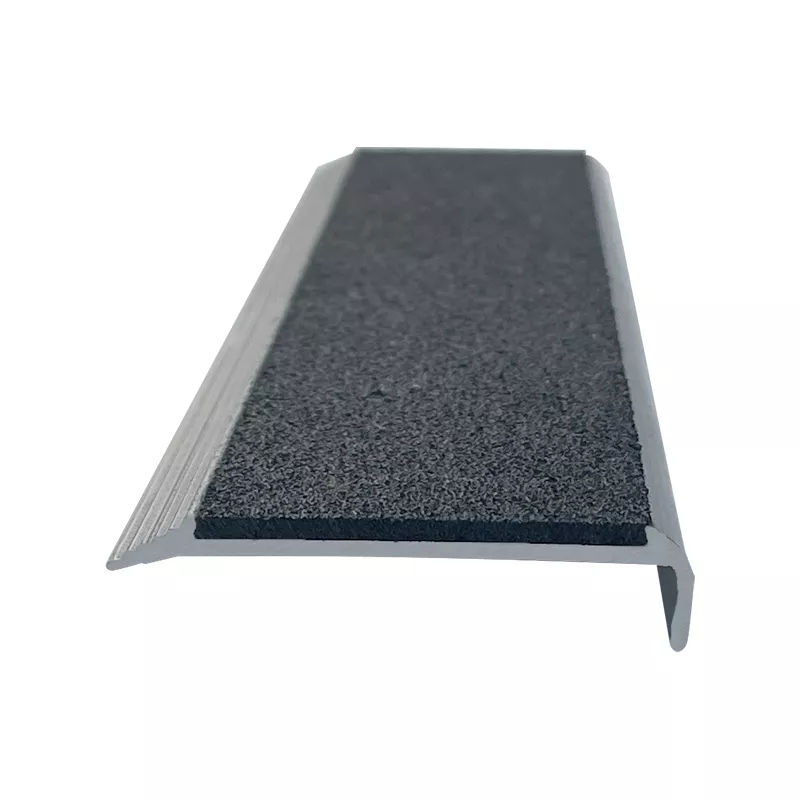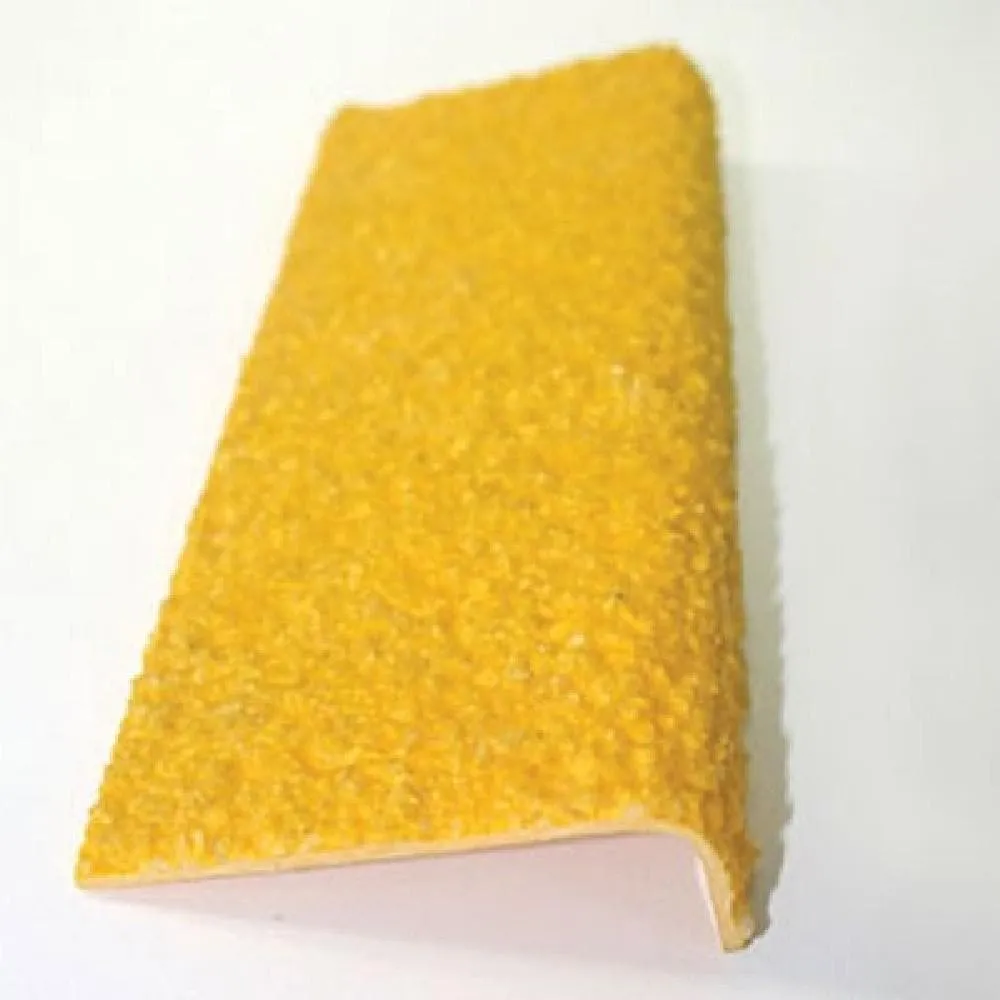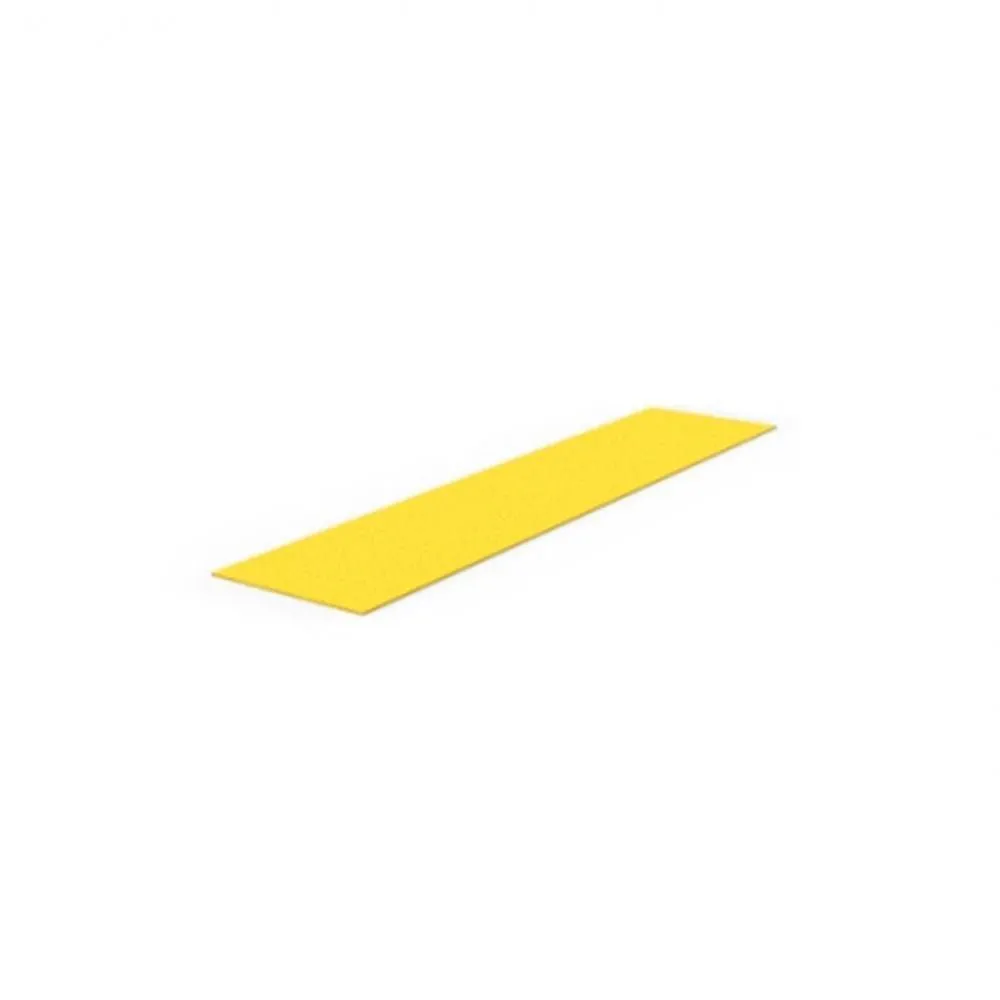
Great things in business are never done by one person. They’re done by a team of people. We have that dynamic group of peoples
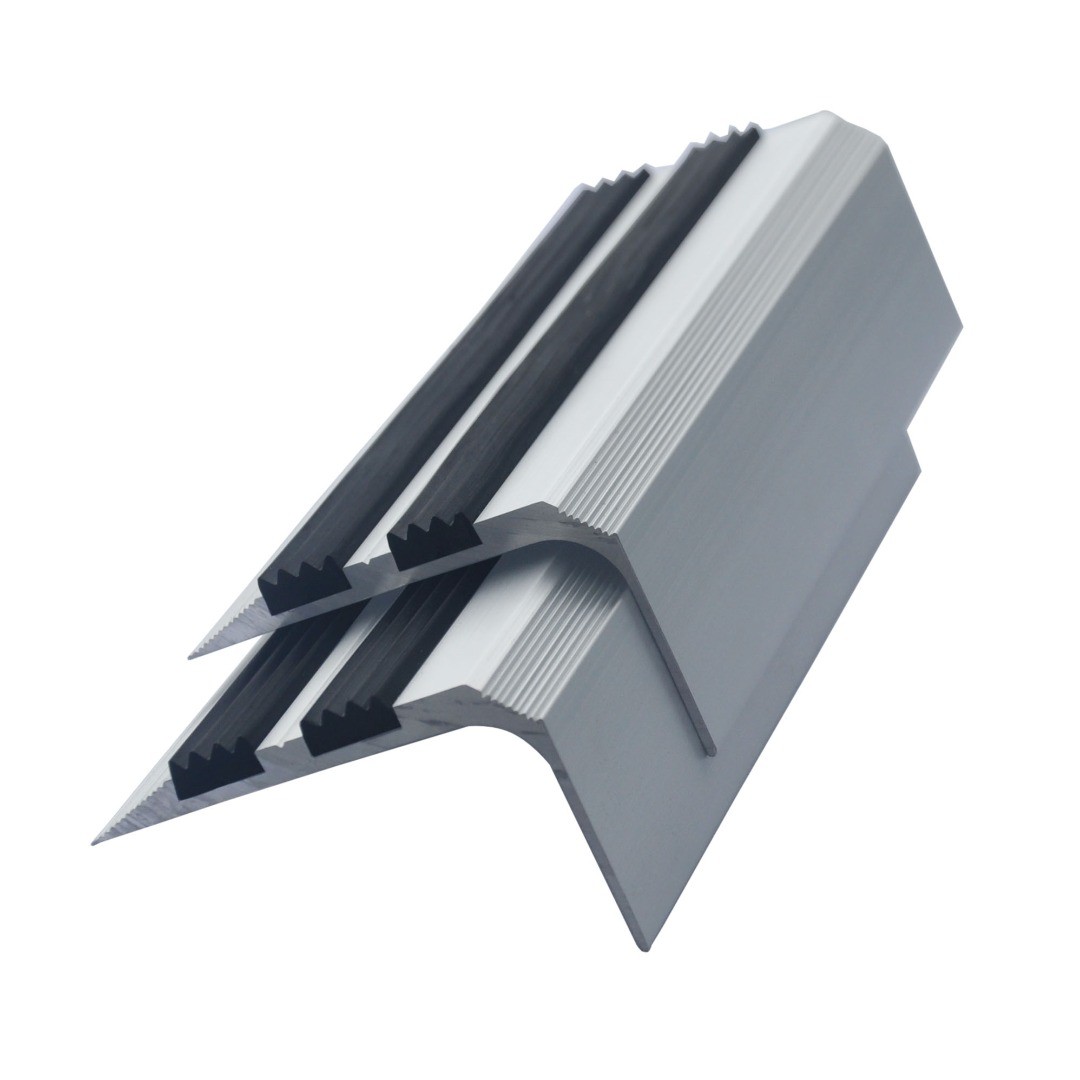
Safety in Aluminum Stair Nosings with Rubber Insert
Aluminum stair nosings with rubber inserts enhance stairway safety by providing a non-slip surface, improving visibility. Ensuring durability in high-traffic.
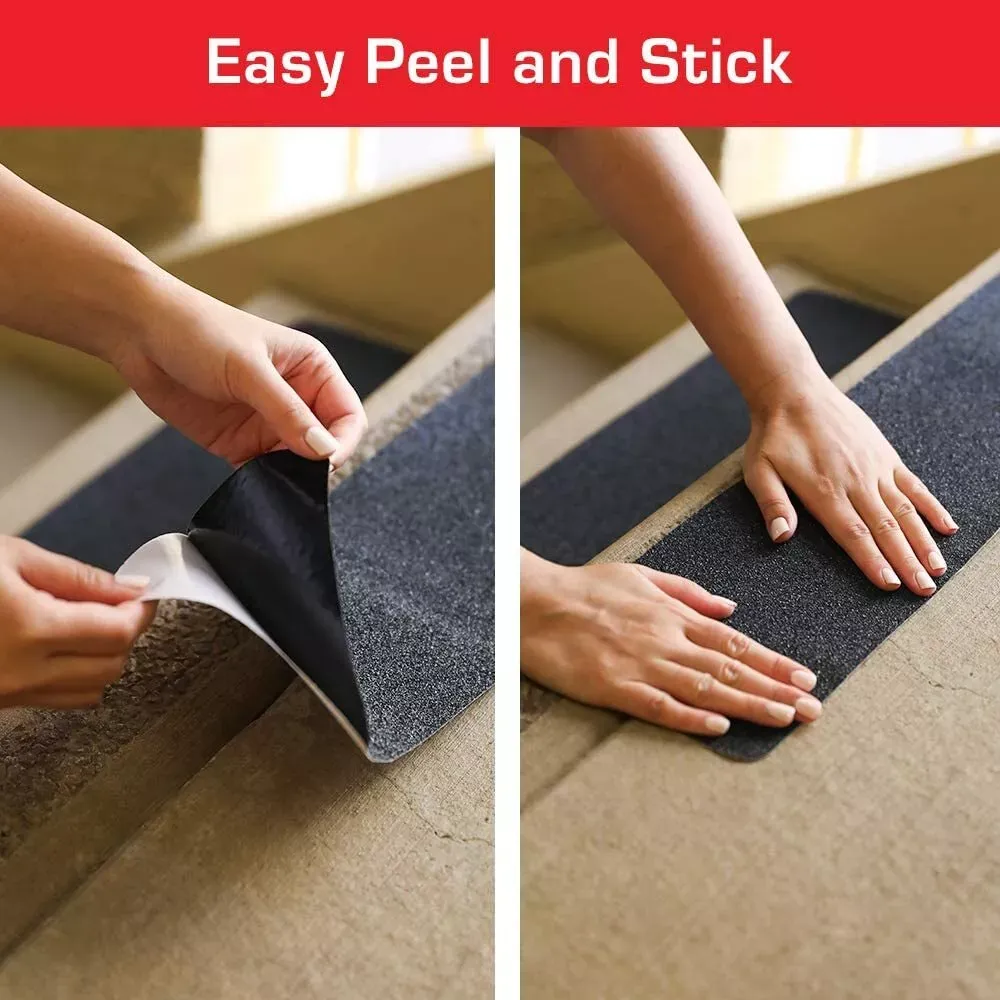
The Technology of Anti-Slip Tape
Delve into The Technology of Anti-Slip Tape, exploring the materials, manufacturing processes, and scientific principles, make it an effective safety solution.
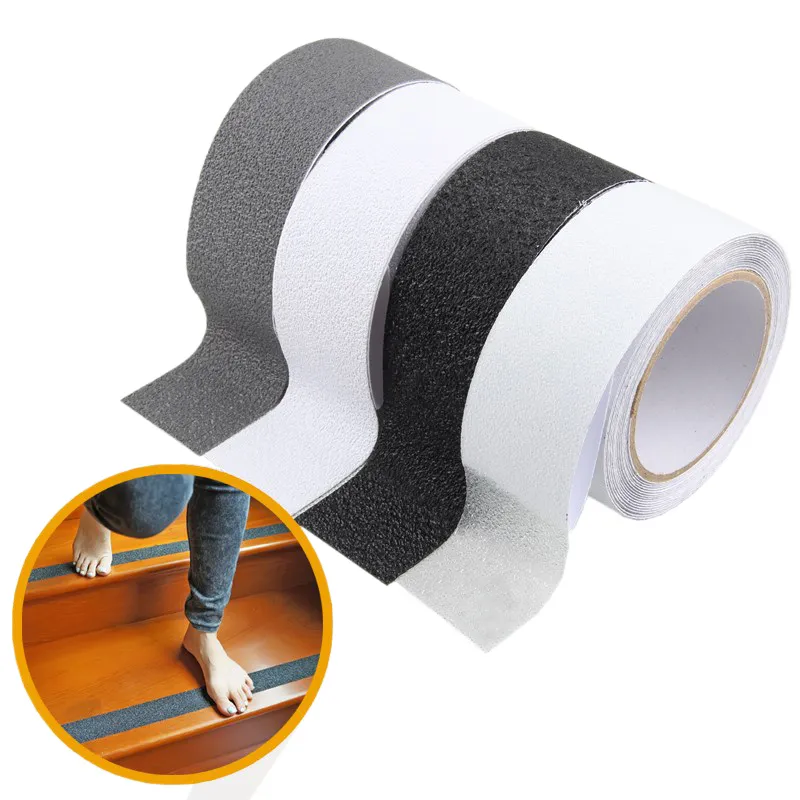
The Cost-Effectiveness of Anti-Slip Tape
Discover The Cost-Effectiveness of Anti-Slip Tape, offering long-term benefits, reduced accident costs, and environmental friendliness.

